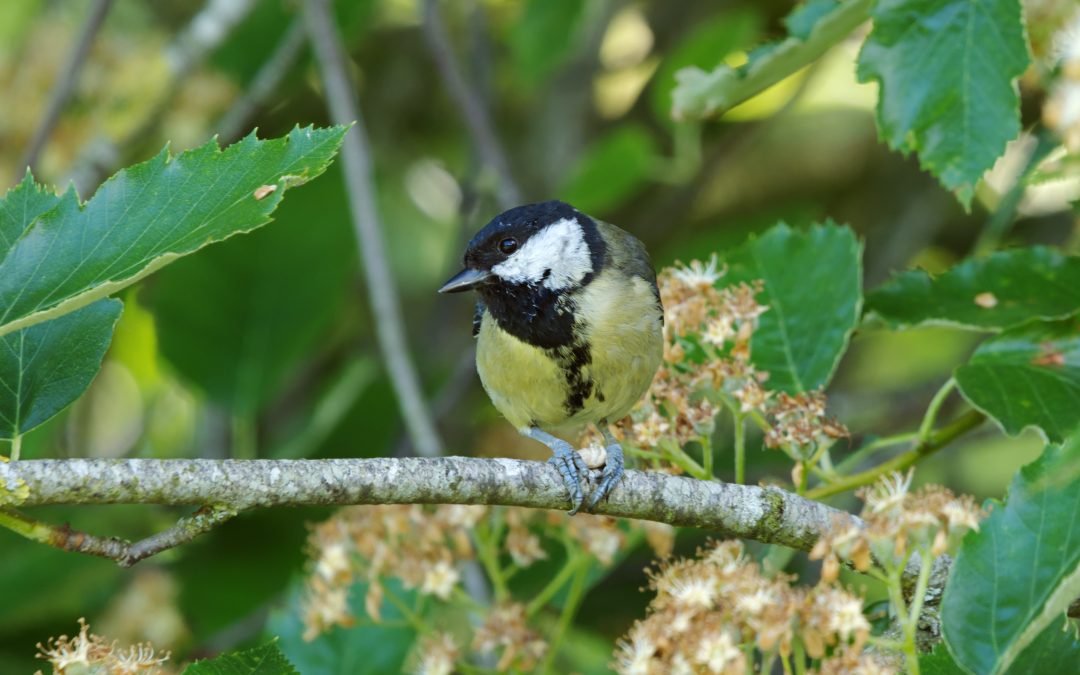From 8th May to the 14th May we celebrate National Hedgerow Week. But why is hedgerow so important?
Hedgerows provide biodiversity to our environment, connecting habitats and helping battle climate change through carbon capture. Hedges provide homes for 80% of the UKs woodland birds, hedgehogs, pollinating insects, dormice and butterflies. A well managed and healthy hedgerow can provide so much for our native wildlife by providing shelter and a diverse food source. In fact, the Brimstone butterfly can thrive in buckthorn as it provides their food source and protection.
Hedges provide corridors of protection for our wildlife; it is estimated that 70% of land in agricultural use, making it important to have these corridors of natural habitat running through our countryside. Not only are they beneficial to the native wildlife, but they help protect crops from poor weather and soil erosion, providing soil stabilisation through the root systems and reducing pollution through pollution absorption and carbon sequestration.
Some hedge plants native to the UK include beech, hornbeam, blackthorn, hawthorn, hazel and yew. At this time of year you may notice the sweet, vanilla smell of Hawthorn as it blossoms. Nicknamed the May Tree, the Hawthorn has started to flower earlier and earlier each year due to the changes in our seasons.
Hedges are also a sign of our agricultural and land history. Ancient hedgerows, just like our ancient woodlands, tend to have the greatest diversity of plants and wildlife and can typically be dated back to the 18th century through some are medieval in origin. The oldest known surviving hedgerow in England is Judith’s Hedge in Cambridgeshire which is over 900 years old. Hawthorn is sometimes used as an indicator for hedgerow planted in the 18th and 19th century, especially if they are straight. Field maple, hazel and dogwood often indicate an older hedge.


